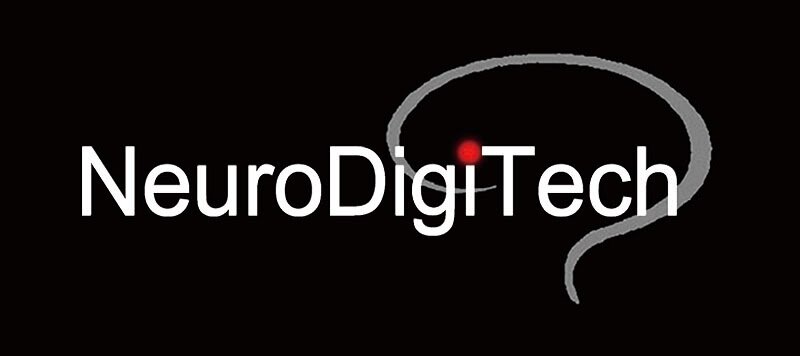Morphological analysis of CNS & Golgi-Cox Impreganation staining
Golgi impregnation is an effective but capricious method to detect the soma along with entire dendritic arbors and dendritic spines of the neurons. Since the dendritic arbors occupy about 90-95% of total volume of the neuron, and the dendritic spines are the major sites for synaptic transmission between neurons, the Golgi impregnation thus becomes a useful "neural" tool to examine morphological properties of the nervous system.
The significance of the Golgi method has been further amplified by the fact that the standard histopathological methods are not able to stain dendrites and/or spines. As a consequence, neural staining methods are unable to detect early changes in neurodegenerative processes involving dendritic atrophy and spine loss and completely ignore neuroplastic changes involving enhanced dendritic branching and/or new functional or aberrant spine formation. By conducting a longitudinal study (Golgi-impregnation and assessment on various time points of the subjects), the Golgi method is able to detect early and progressive neuronal atrophy and show neuroplasticity and recovery from injury (e.g., re-growth of branching and re-gain of spine density). The Golgi method can also be used to evaluate therapeutic effects of any neuroprotective agents on neural regeneration from the injury.
Our Golgi Stain Service includes 1) a user-friendly NDT104 Rapdi GolgiStain kit, 2) Golgi staining protocol (including immersion/incubation, cryosectioning and section processing), and 3) Stereological 3D quantitative analysis along the anterior-to-posterior axis of the ROI (Region of Interest) (measurement of dendritic lengths, branch patterns, spine counts, and density). The unique recipe of our “ready-to-use” Rapid GolgiStain kit has simplified the complex nature of the required impregnation procedure and most importantly, it provides an extremely high yield of impregnated neurons across multiple regions of the brain, which expands the extent of assessable ROIs for morphological assessment.
Based on the principles of the modern stereology, NDT502 service is used to systematically quantify neuron morphology, including dendritic analysis and spine counts/density along the anterior-to-posterior axis of Region of Interest (ROI) of the CNS.
Dentate granule cells of Dentate Gyrus and Polymorphic cells of Hilus, stained by NDT104 Rapid GolgiStain kit.
Dentate granule cells of Dentate Gyrus and Polymorphic cells of Hilus, stained by NDT104 Rapid GolgiStain kit.
Automatic spine counting (click here)
The Golgi Project: 3D morphometrics of Dentate Granule Cells
3D Neural Morphometrics
Terms and Conditions
For quality assurance of our service, it is recommended that you discuss with us for preferred perfusion protocol and histology and/or immunolabeling protocols.
It is suggested that you use Gel-coated microscopic slides for tissue mounting and 0.17um-thick coverslips.
A 15% of the fee will be due upon authorization of the study; and the remaining fee will be due upon delivery of study results.
Progress of the service is contingent upon staining quality of tissues, operated by the independent contractor.
Should early termination occur, Neurodigitech will prorate the cost incurred and invoice the Sponsor. The first portion of the fee is non-refundable.








